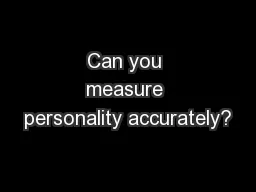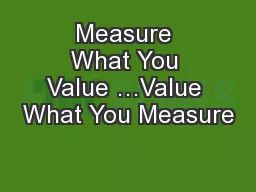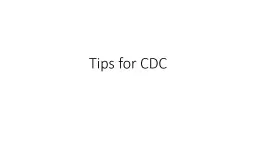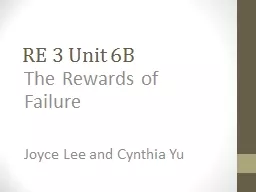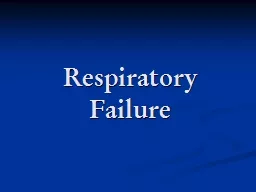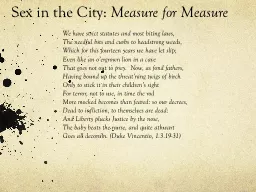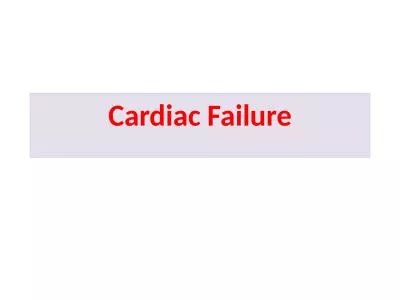PPT-“If you don’t measure results, you can’t tell success from failure.”
Author : megan | Published Date : 2023-11-04
David Osborne amp Ted Gaebler Agenda Announcements Overview of Benchmarking Module Regrade Instructions If you believe a mistake was made grading your module
Presentation Embed Code
Download Presentation
Download Presentation The PPT/PDF document "“If you don’t measure results, you c..." is the property of its rightful owner. Permission is granted to download and print the materials on this website for personal, non-commercial use only, and to display it on your personal computer provided you do not modify the materials and that you retain all copyright notices contained in the materials. By downloading content from our website, you accept the terms of this agreement.
“If you don’t measure results, you can’t tell success from failure.”: Transcript
Download Rules Of Document
"“If you don’t measure results, you can’t tell success from failure.”"The content belongs to its owner. You may download and print it for personal use, without modification, and keep all copyright notices. By downloading, you agree to these terms.
Related Documents




